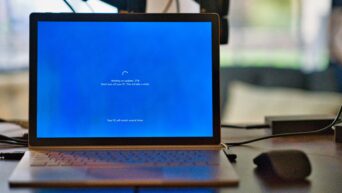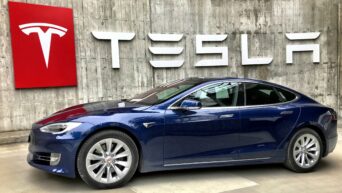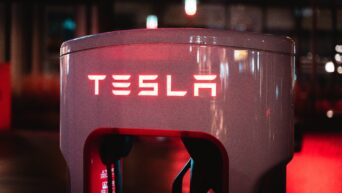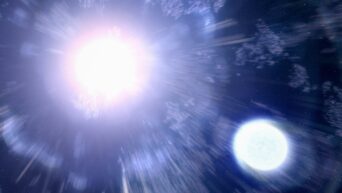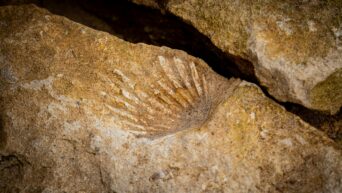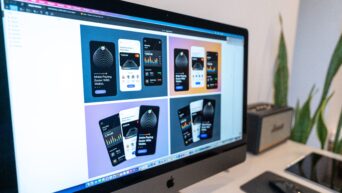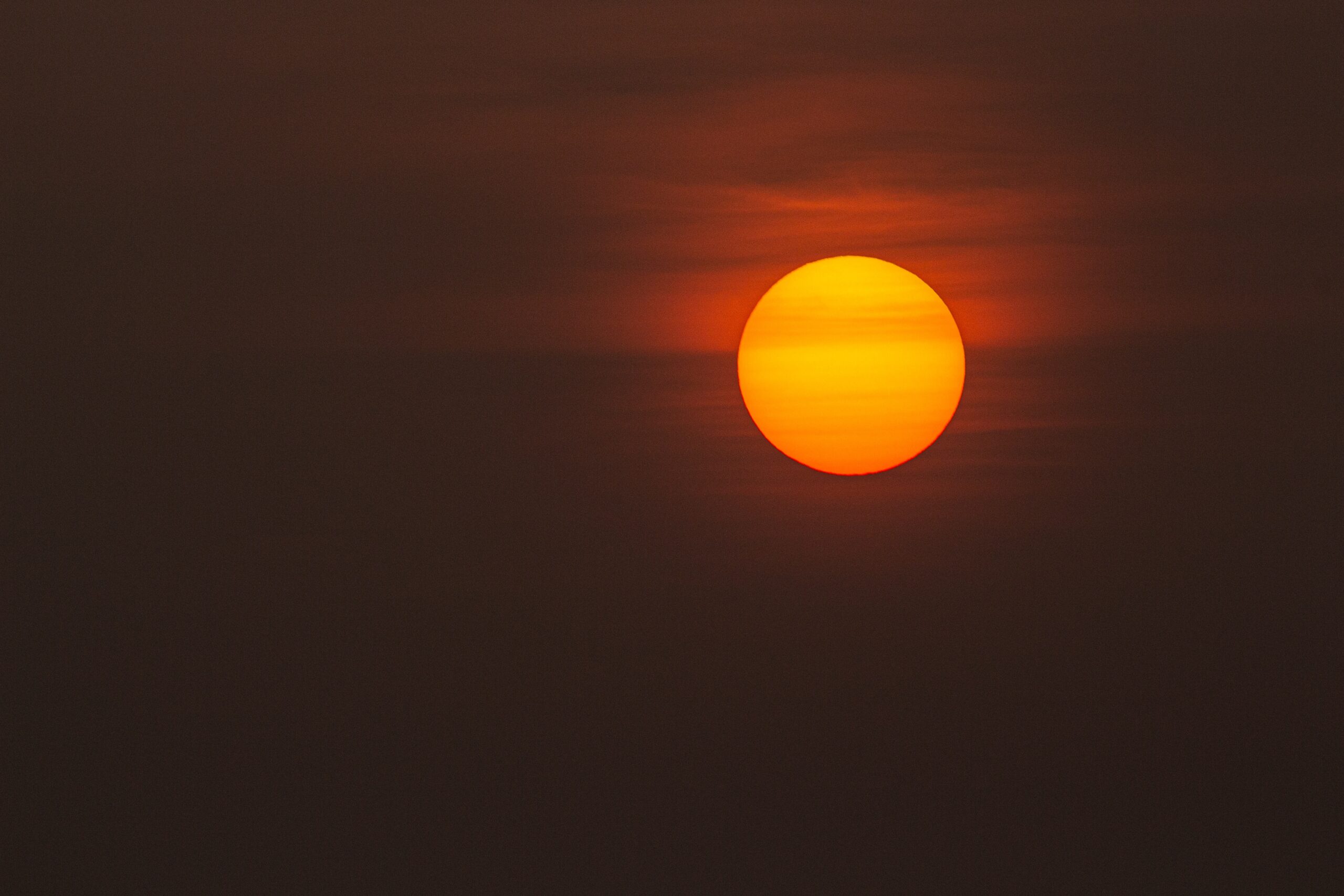Parker Solar Probe to achieve record-breaking proximity to the sun, providing unprecedented insights into solar processes.
Since its launch in 2018, NASA’s Parker Solar Probe has been on a daring journey to study the sun up close. By the end of 2024, it will have set a new record by approaching the sun from a distance of just over 6 million kilometers, delving deep into its scorching outer layers.
The Parker Solar Probe is a groundbreaking mission in space exploration, being the first spacecraft to fly through the sun’s outer atmosphere, known as the corona. In late December, it is set to cover 96% of the distance between Earth and the sun, reaching speeds of around 700,000 km/h (or 435,000 mph) – making it the fastest human-made craft in history. This incredible speed will be achieved by using Venus’s gravity to tighten its orbit around the sun and gain extra momentum.
Dr. Nour Raouafi, the Parker project scientist at Johns Hopkins University, described this upcoming achievement as monumental for humanity, likening it to the Moon landing of 1969. “We are basically almost landing on a star,” Dr. Raouafi said in an interview with the BBC.
🚨 NASA PLANS TO TOUCH THE SUN
Icarus might have warned against this, but NASA’s Parker Solar Probe is boldly racing towards the Sun at 195 km/s.
Set to get closer than ever on Dec 24, 2024, it’s a space endeavor that is supposed to rival the 1969 Moon landing.
NASA: “We are… pic.twitter.com/89eJWVPK2m
— Mario Nawfal (@MarioNawfal) December 31, 2023
The mission’s goal is to make repeated passes of the sun, drawing ever closer to the star as it travels through its outer atmosphere, which is paradoxically 300 times hotter than its surface. To withstand these extreme conditions, Parker is equipped with a thick heat shield made of carbon composite, protecting its instruments that measure charged particles and magnetic fluctuations, capturing images and sounds.
In 2020, the probe recorded the first sound clips of the solar wind, a continuous stream of high-energy particles from the sun.
The upcoming end-of-year voyage will be the Parker Solar Probe’s best opportunity to acquire a greater understanding of key solar processes. However, it will also mark its final close approach, as its orbit will no longer allow it to swing around Venus after December, precluding further encounters with the sun.


